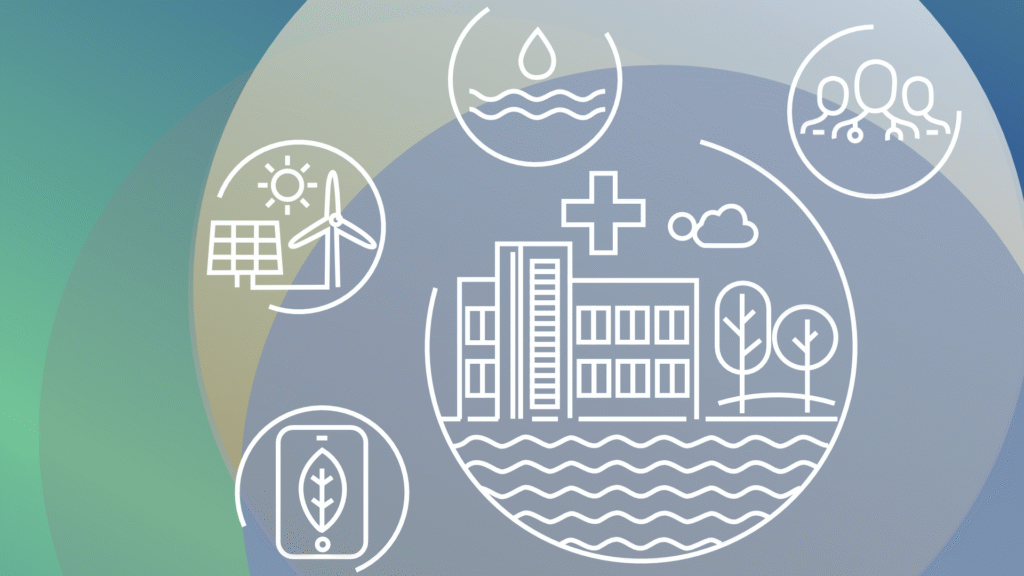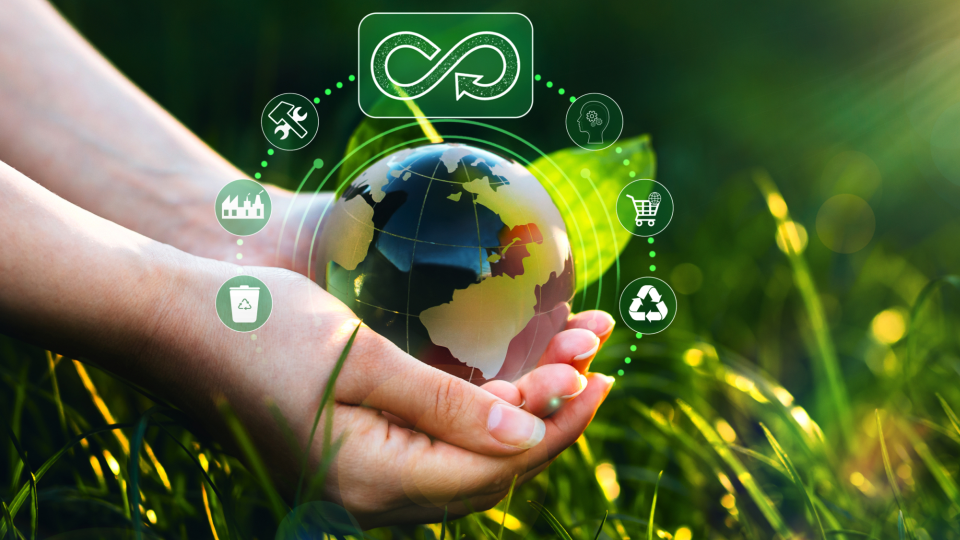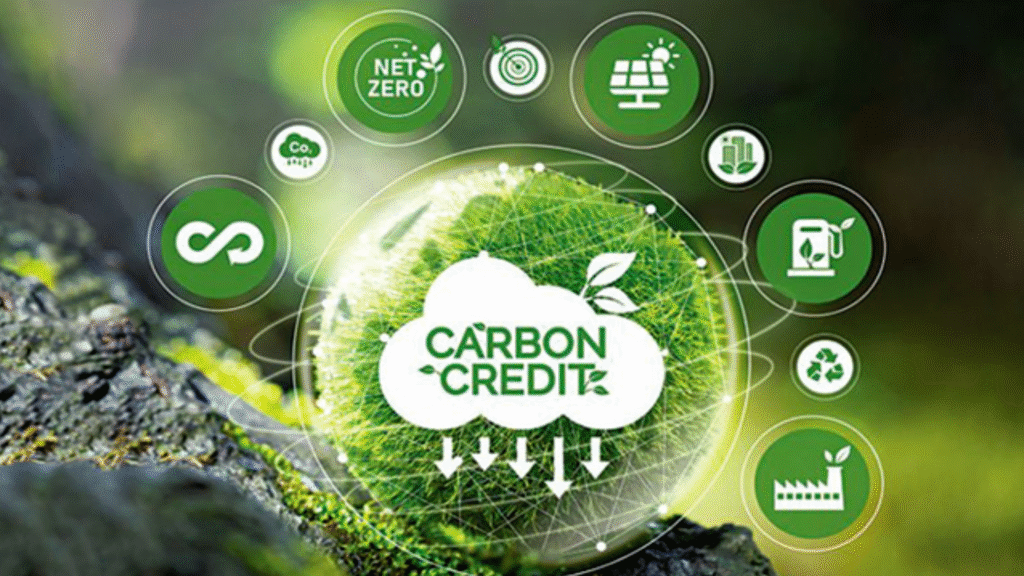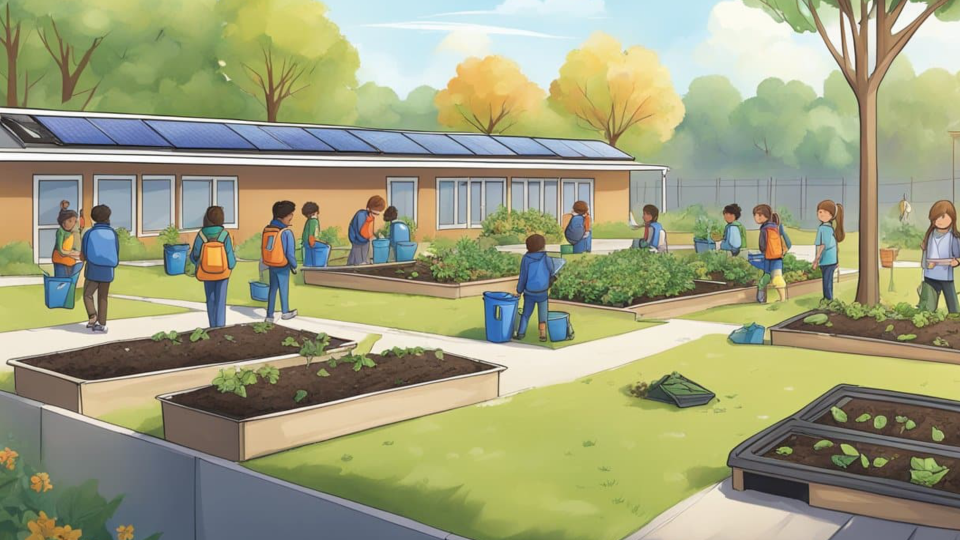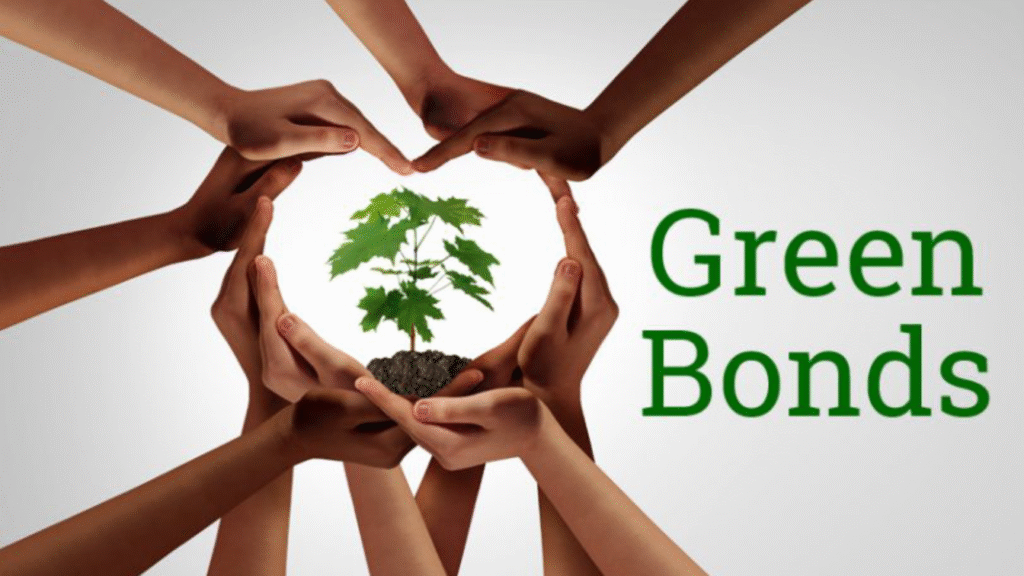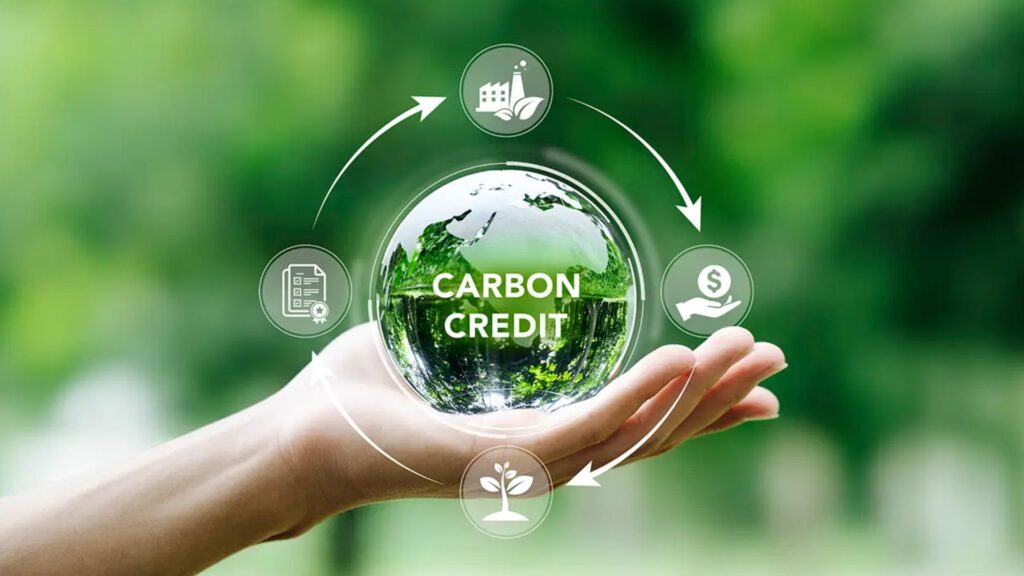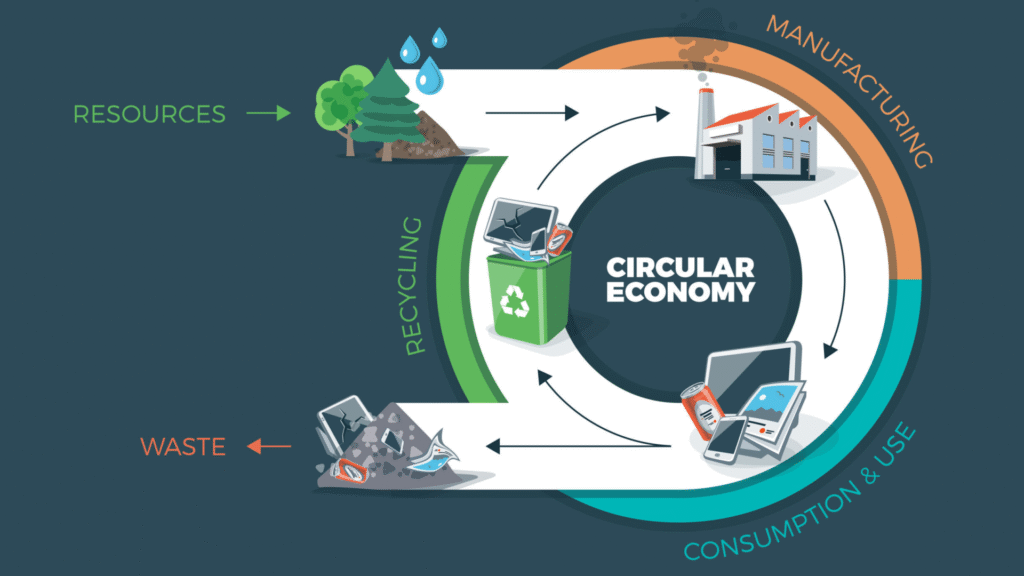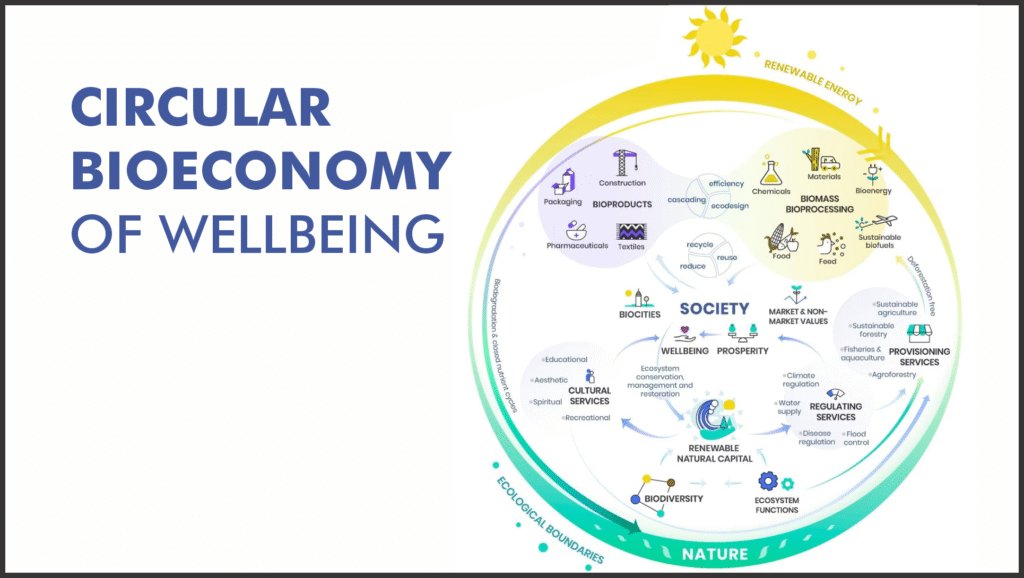STRENGTHENING CLIMATE RESILIENCE FOR A SUSTAINABLE TOMORROW
The world is facing unprecedented climate challenges. Rising temperatures, intensifying storms, prolonged droughts, and frequent floods are disrupting communities, economies, and ecosystems at an alarming pace. Strengthening climate resilience is no longer optional but essential, requiring strategies that help societies anticipate, absorb, and adapt to shocks while advancing long-term sustainability. The OECD notes that resilience […]
STRENGTHENING CLIMATE RESILIENCE FOR A SUSTAINABLE TOMORROW Read More »

